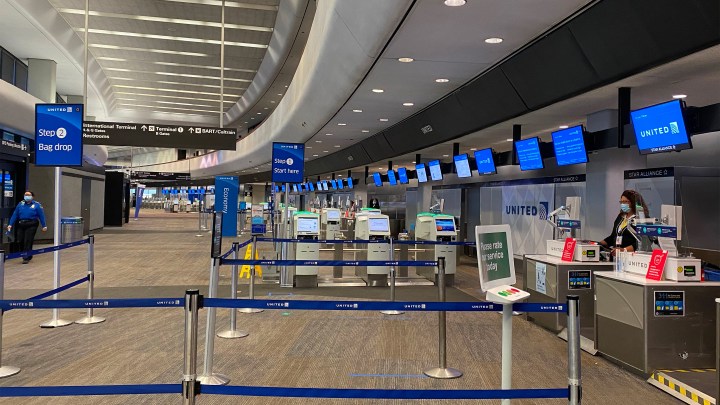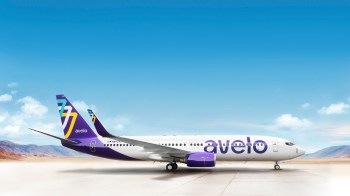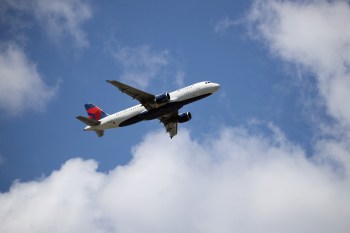
Passenger airports are struggling to make ends meet
Passenger airports are struggling to make ends meet

The pandemic has been particularly brutal for just about every business that touches air travel.
That’s most visible with the airlines — they’ve been cutting back flights and preparing to lay off workers. But it’s also hitting the country’s airports. They’re on track to lose at least $8 billion in revenue this year, a trade group estimates.
Before the pandemic, the Missoula, Montana, airport used to handle a couple of thousand passengers a day.
But when COVID-19 hit, “you could walk in and roll a bowling ball through the building and never hit anybody,” said Cris Jensen, the airport’s director. “It was really kind of surreal.”
On its slowest day, only 40 passengers passed through the Missoula airport. Now, it’s back to about half the traffic it had before the pandemic. But that means it’s still bringing in a lot less revenue — from airline landing fees, passenger use fees, parking.
“Every time you buy a meal at a terminal restaurant or a newspaper or a magazine at the newsstand or use a rental car, you’re paying a fee to the airport,” said Bob Mann, an industry analyst.
The trouble is, we’re doing a lot less of that these days.
“In a nutshell, it’s a bloodbath,” Mann said.

And when it comes to stopping the bleeding, airports are pretty much on their own. Essentially, they are their own financial ecosystems. They generate their own revenue, and with a few exceptions, “revenues generated at the airport have to stay at the airport,” said Janet Bednarek, the author of “Airports, Cities and the Jet Age.”
Some airports are trying to squeeze more revenue out of operations during the pandemic. At Orlando International Airport, CEO Phil Brown said that means handling different kinds of cargo.
“We’re really looking at it, really trying to raise the game, if you will, for cargo to more high-value cargo that needs to be delivered quickly,” Brown said.
Pharmaceuticals and personal protective equipment, for example, instead of packages for the Postal Service and FedEx.
Missoula’s airport took a different approach to weathering the downturn. Jensen said it was all about cutting spending.
“I don’t believe there was a single point in our budget that wasn’t impacted,” he said. “Whether you’re talking office supplies or personnel — we really went top to bottom, left to right, and cut every possible category.”
At the end of the day, though, the only way airports are going to recover is if passenger aviation recovers.
There’s a lot happening in the world. Through it all, Marketplace is here for you.
You rely on Marketplace to break down the world’s events and tell you how it affects you in a fact-based, approachable way. We rely on your financial support to keep making that possible.
Your donation today powers the independent journalism that you rely on. For just $5/month, you can help sustain Marketplace so we can keep reporting on the things that matter to you.


















